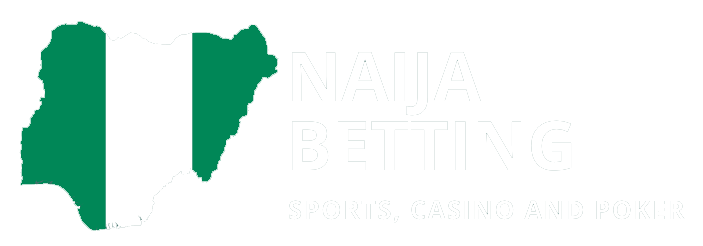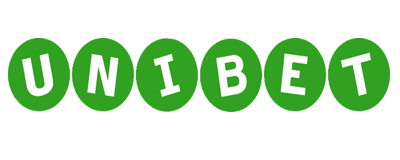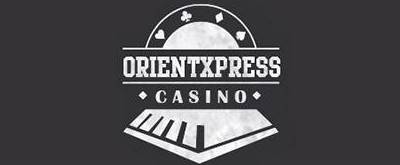 Top Casinos April 2025
Top Casinos April 2025Three different odds
If you have read any of our other guides, you have probably understood that betting is a rabbit hole that keeps going deeper and deeper. That might be the magical thing that makes it so interesting and exciting!
In Naija, we use decimals when betting. However, If you have ever watched an American sporting event, movie or listened to any American talk about betting you have probably heard phrases such as ”a minus hundred favorite” or ”plus 125 underdogs”. Confused? Well, you are not alone. Let’s add the British punters into the mix when they talk about fractions, and you have yourself a really confusing conversation.
So once and for all let’s explain the three different types of odds in such an easy way our mothers would understand. Let’s begin with the most common (and according to us) most logic system.
Decimal odds
The decimal form when it comes to betting might be the easiest to understand. All you need to know is basic math. Luckily for us, it is the form that we use here in Nigeria. But let’s break it down.
To understand how much you can win on a decimal odds all you need to do is to take the amount you want to bet and multiply it with the odds. So if you have a odds of 2.0 and bet $10 you can calculate what you can win like this:
10 x 2.0 = 20
Now, remember that this would be your winnings and your stake. Your winnings would be $10, and you would get back the stake which was $10. So an odds of 2.0 would double your money.
If you bet 100 and the odds are 1,5, you will get 150 or 50% plus your stake. Remember the larger the number, the larger the pay.
The decimal system is the one almost everyone uses in Nigeria, and it is trendy in Europe as well. In fact, most countries around the world use it accept the British and Americans.
Fractional odds
The fractional odds are used mostly in the United Kingdom. It is considered the most complicated way to express an odds by most people. Fortunately, we have a trick to make it easier to understand. A fractional odds look like this 1/2 or 6/2. To calculate the potential payout first start by looking at the number to the right, in this case, 2. That is the amount you need to wager to get the number to your left which is your winnings. In other words: Every 2 dollars you bet will give you 1 dollar in winnings. Or for every 1 dollar, you play with get you 3 dollars in winnings when looking at the 6/2 odds.
Still confusing? Don’t worry about that; you are not alone. Let’s try to explain it in yet another way.
If the odds are 6/2, that means the odds are six to two. It basically says that for every 2 dollars you bet you will receive six back in profit. It is the same as if for every 1 dollar you bet you will earn 3 dollars in profit. So if you bet $20 on the odds 6/2 and win you would have received $60 profit and your stake of $20.
American (Moneyline)
Last but not least we have the American way of expressing odds. The odds are always relative to a $100. These can be illustrated in two ways:
- Minus Moneyline
- Plus Moneyline
If you see a minus money line like -120, for example, think like this: To win a 100 dollars I need to put 120 dollars on the bet. In other words, the minus bet will be relative to $100.
Now imagine an odds of +150. This means that if you bet $100, you will win $150.
Summary Part One
That, ladies and gentlemen, was part one of our guide. If you encounter the different types of expressing odds don’t be afraid. Just remember this:
- Decimal: Multiple the amount you want to bet with the odds and you will get your return.
- Fractional: Think: A 1/2 odds means every 2 dollars you bet will give you 1 dollar in winnings.
- Moneyline minus: a minus odds express how much to bet to win a hundred dollars.
- Money line plus: a plus odds shows how much you will win betting a hundred dollars.
That was part one for you. If you still want to learn more then keep on reading. Part two is right up ahead, and it is not much more text. Let’s dive in.
Betting Odds understanding the Chance
All odds are an expression of how much you will get in return after placing a bet. Imagine flipping a coin. It can either come up heads or tails. The chance is in other words fifty-fifty. If the odds were utterly fair, they should be 2.0 in decimal terms.
Another example is a dice-toss. Hitting any particular number on a dice is one in six. or 16,66% probability. Example let’s assume we want to roll a six. On a long enough timeline we will roll it approximately 16,66% of the time or one-sixth.
The Hard truth: Understand that chance, and the odds you get on the sportsbook are not the same thing. The betting company will make money on the spread. In our example regarding the coin flip, the chances to hit any outcome are 50%. This would mean an odds of 2.0. If you flip the coin enough times, the result would be very balanced. So in the example of the coin you might receive 1.95 times your money instead of 2.0. The point five difference in both outcomes is the spread the company makes.
Implied probability
For the advanced punter understanding how to calculate implied probability can be a handy tool. Understanding implied probability can create real betting value. So let’s take a closer look.
Converting decimal odds to implied probability
The equation:
(1/ decimal odds) x 100 = implied probability
So a odds of 1.84 would look like this:
(1/1.84) x 100 = 54.3%
Converting fractional odds to implied probability
The equation:
denominator / (denominator + numerator) x 100 = implied probability
So the same odds as above (1.84) which is 21/25 in fractional terms would look like this:
25/(21/25) x 100 = 54.3%
Converting American odds to implied probability
Negative money line odds - The equation:
Negative American odds / (Negative American odds + 100) x 100 = implied probability
Once again the same odds as above (1.84 or 21/25) which is -119 in money line terms would look like this:
-119 /(-119+100) x 100 = 54.3%
Positive moneyline odds - The equation
100 / (positive American odds + 100) x 100 = implied probability
Let’s use + 150 (2,5 in decimal terms and 3/2 in fractional)
100/(150 +100) x 100 = 40%
We know what you are thinking. How is this useful for me? The simple answer to this question is that you better understand the value of an odds. Next time you see an odds you might look at it a bit differently. Let’s say you want to bet on Liverpool to win against Manchester United. You go to the sportsbook, and you want to place the bet. Unfortunately, there seem to be a lot of punters playing on Liverpool to win which means a lower odds. Now you can ask yourself a vital question. Is the payout enough to justify the risk? The implied probability is a tool to use in such times to help you decide. Might be a bit hard at first but with a bit of experience and practice, you will soon understand it on another level.
Odds Conversion Chart
We have created this chart for you so that you can check the implied probability on every odds type — no need to know math. Just look up the odds you want, and you’ll get the probability.
Summary Part 2
The implied probability is an excellent way to understand what the odds tell us about an event happening. This does not in any way reveal the result, but it can be an excellent tool for the more advanced bettor. Why not bookmark this page and have instant access to our table with all the odds and implied probabilities that go with them.
Good Luck!

 Subscribe
Subscribe 
 Betting School
Betting School Licensed
Licensed Expertly Reviewed
Expertly Reviewed Mobile Friendly
Mobile Friendly
 Claim Bonus
Claim Bonus












